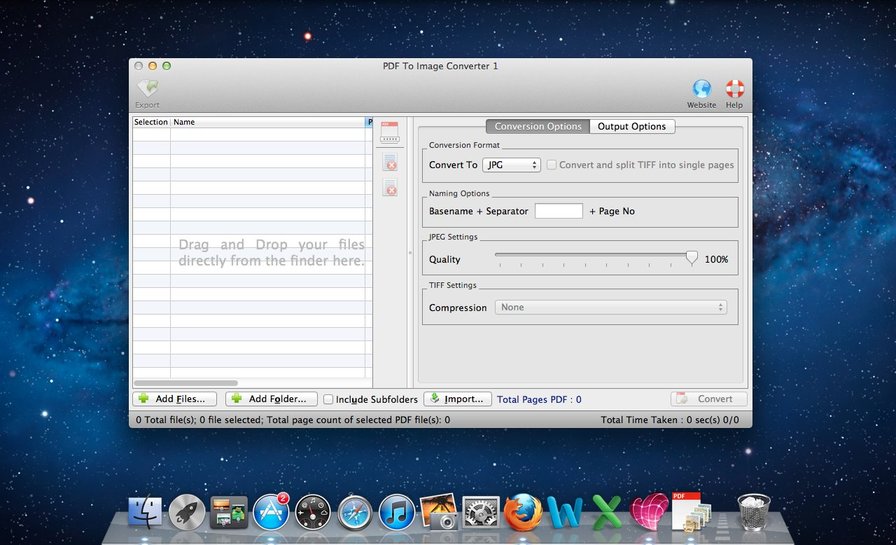

If not specified, a PDF output will not be generated. If rasterization is used, the -o option is optional. If the value of a command-line option contains a space or other command characters, the value has to be written between quotation marks.

The short command-line options are always passed as two command-line arguments, separated by a space: -o out.pdf It is necessary to specify the output file when the input is a HTTP or HTTPS URL.Īny of the -long command-line options can either be passed as a single command-line argument with an equals sign ( =), or as two command-line arguments with space: -output=out.pdf

If the output file name is omitted, the output will be placed in a file with the same name as the input, but with a PDF file extension. An output filename consisting of a single hyphen "-" will cause Prince to write to the standard output stream. The output file name can be specified on the command-line using the -o command-line option. An input filename consisting of a single hyphen "-" will cause Prince to read from the standard input stream. The command-line must contain the name of the input file to process. Process doc.html and rasterize the output to the series of files doc_1.png, doc_2.png, doc_3.png etc. prince doc.html -raster-output=doc_%d.png princeĬombine doc1.html and doc2.html into a single PDF file, out.pdf.

princeĬonvert input.xml to output.pdf, applying two user style sheets. Note that it is necessary to specify the output file when the input is a HTTP or HTTPS URL. prince -o out.pdfĬonvert the webpage to out.pdf. prince doc.html -o out.pdfĬonvert doc.html to out.pdf. Please note that on Windows, Prince can be called from the command-line by running the prince.exe file found in the Prince\engine\bin folder of the Prince installation: "C:\Program Files (x86)\Prince\engine\bin\prince.exe" OPTIONSĬonvert file.xml to file.pdf. Prince may be called from the command-line with the following arguments: $ prince OPTIONS


 0 kommentar(er)
0 kommentar(er)
